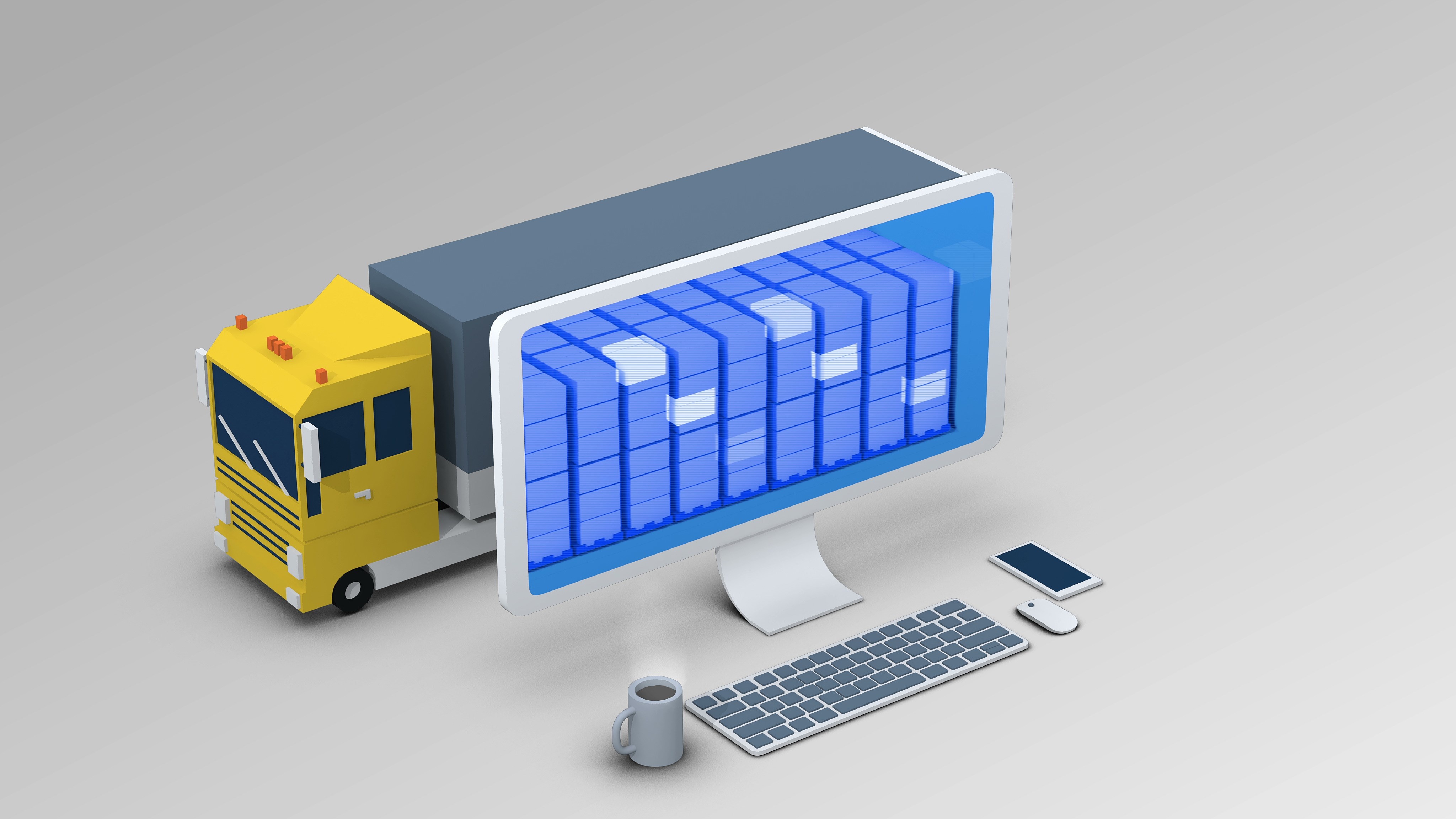
Guest blog from Tate's Export Guide - members of the Institute of Export & International Trade
I am indebted to the good people of Agency Sector Management, which recently held a lively seminar on the Customs Declaration Service. It brought the subject alive in a joint effort with experts from the British International Freight Association and officers from Her Majesty’s Revenue and Customs.
Or, if we wanted to express this in passion-killing IT industry terms, ASM gave an innovative OHP on the CDS, in a strategic BIFA-HMRC alliance, giving an holistic overview of the WWWWWH questions (who, what, why, where, when, how) arising from Brexit.
I wasn’t expecting it to be boring, but I must say it surpassed my expectations. Mind you, anything involving the Freight industry is always going to be ‘moving’.
Though this was a presentation about a new automated business system, the Customs Declaration Service (CDS) it bore none of the hallmarks of an IT industry event. For starters, they didn’t spend 99 per cent of the time overpromising the future and one per cent glossing over the terms and conditions. Quite the opposite. Nobody could accuse HMRC of luring businesses into danger in the rush to get to market. They are all over the terms and conditions like a Polar bear on a bin bag.
And we should be grateful to them for that. They have created a solid framework on which businesses can shape their business processes. It’s not going to change every 12 months (like Microsoft Offices) and the users of this system won’t be constantly scratching their heads and wondering what happened to their favourite shortcut. This is a system that offers continuity.
Having said that, there are a few gradual changes to get used to. But these are new ways of documenting the details of each transaction. There will be changes from box numbers to data fields and new data elements required. You may be required to spend more time inputting additional information about the buyer or the seller. Which is incredibly valuable, because it provides the context that smooths the way in all transactions and gives every agent, at each step of the long supply chain (including the customs officers at border crossings) the power to make intelligent decisions.
That is the difference between a product and a service. Let me use a fictional train company to illustrate this point.
Train company A sells you a ticket to London. It’s a ticket Vendor. But the staff at Train company B will advise you - before you purchase a ticket - there are no trains running at the moment, because of a fire at Waterloo station. Train company B is a Service. The difference between being a vendor and a service is the thought they give to helping you achieve your goal.
The improvements that CDS make on CHIEF are in the context. For example, exporters and importers will be asked to provide accurate Incoterms information including terms and relevant locations. That extra information - and bit of context - helps the agents involved to make intelligent, common sense decisions.
There is a crucial difference between the two. CHIEF would tell that a tomato is a fruit. But CDS would tell you not to put it in a fruit salad!
Context is king!
The devil, of course, is in the details. But I can’t possibly outline them all here. You are welcome to speak to the Helpdesk of Tate’s Export Guide and we can take you through them step by step.
This article was originally published on the Tate's Export Guide website here: https://www.tatefreightforms.co.uk/latest-news

